Yoga for Insomnia
by Hardik Mehta
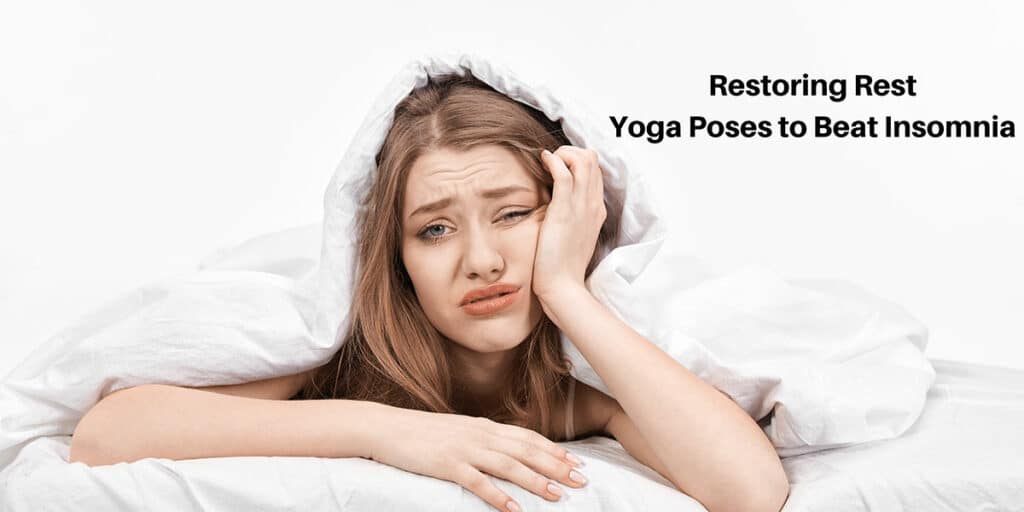
Yoga for Insomnia
In today’s fast-paced world, finding restful sleep can feel like an elusive dream. For many, the struggle with insomnia is a nightly battle, leaving them feeling exhausted and drained. The good news is that yoga offers a natural and effective way to help combat insomnia and promote better sleep. By incorporating simple yoga practices into your daily routine, you can create a calming bedtime ritual that prepares your body and mind for a restful night’s sleep.
Yoga, originating from ancient traditions, harmonizes physical postures, controlled breathing techniques, and mindfulness practices like meditation to enhance holistic health and vitality. When it comes to insomnia, yoga can be particularly beneficial because it helps to calm the mind, relax the body, and reduce stress—all of which are essential for getting a good night’s sleep.
One of the key benefits of yoga for insomnia is its ability to reduce stress and anxiety, which are common contributors to sleep disturbances. Through a combination of gentle movements, deep breathing, and meditation, yoga helps to activate the body’s relaxation response, promoting a sense of calm and ease. This can be particularly beneficial for those who find themselves tossing and turning with racing thoughts at night.
There are several yoga poses that are especially effective for promoting sleep and relieving insomnia. These poses help to release tension in the body, calm the mind, and prepare the body for rest. Incorporating these poses into your bedtime routine can help you to relax and unwind, making it easier to drift off to sleep.
Child’s Pose (Balasana)
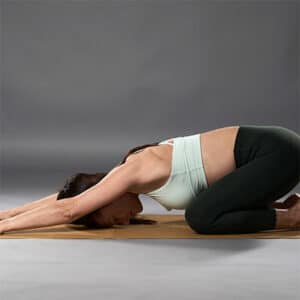
Legs-Up-the-Wall Pose (Viparita Karani)
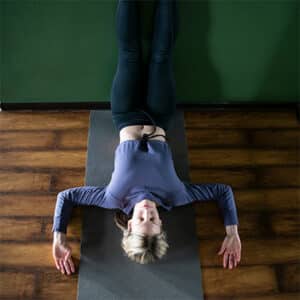
Another beneficial yoga pose for insomnia is the legs-up-the-wall pose. This pose helps to reverse the blood flow in the body, calming the nervous system and reducing stress and anxiety. To perform this pose, lie on your back with your legs extended up against a wall, forming a 90-degree angle with your body. Relax your arms at your sides, turning your palms upwards for a soothing posture.
Close your eyes and focus on breathing deeply into your belly. This gentle inversion helps to relax the nervous system and improve circulation, making it easier to unwind and drift off to sleep.
Corpse Pose (Savasana)

Corpse pose is a classic yoga relaxation pose that can help to calm the mind and prepare the body for sleep. To perform this pose, lie on your back with your arms by your sides, palms facing up. Close your eyes and focus on relaxing each part of your body, starting from your toes and working up to your head. Take slow, deep breaths and imagine each breath carrying away any tension or stress. Stay in this pose for at least 5-10 minutes, or longer if you feel comfortable. This pose helps to activate the body’s relaxation response, promoting a sense of calm and ease that can help you drift off to sleep.
Seated Forward Bend (Paschimottanasana)
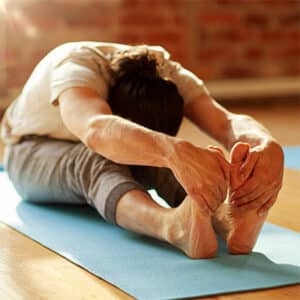
The seated forward bend is a calming yoga pose that can help to relax the mind and body, making it easier to fall asleep. To execute this position, position yourself on the ground with your legs stretched out in front of you. Inhale deeply, then exhale as you slowly hinge forward at the hips, reaching towards your feet. If you can’t reach your feet, you can place your hands on your shins or ankles. Maintain an upright spine while elongating from the top of your head.
Hold this pose for 30 seconds to a minute, breathing deeply and allowing your body to relax. This pose helps to stretch the spine and calm the nervous system, preparing you for a restful night’s sleep.
Alternate Nostril Breathing (Nadi Shodhana)

In addition to these poses, incorporating deep breathing exercises into your yoga practice can further enhance its sleep-promoting effects. Alternate nostril breathing is a powerful breathing technique that can help to calm the mind and reduce stress and anxiety. To execute this method, assume a relaxed posture with your spine erect. Use your right thumb to seal your right nostril and take a deep breath in through your left nostril. Seal your right nostril using your right thumb, then take a deep inhalation through your left nostril. Next, close off your left nostril with your ring finger, release your right nostril, and exhale gradually through it. Inhale through your right nostril, block it with your thumb, release your left nostril, and exhale via the left nostril. Continue this sequence for a few minutes, concentrating on your breath and enabling your body to unwind.
Strategies for Integrating Yoga into Your Everyday Schedule
- Start Small: If you’re new to yoga, start with a few simple poses and gradually increase the length and intensity of your practice.
- Be Consistent: Try to practice yoga at the same time each day to establish a routine that works for you.
- Listen to Your Body: Pay attention to how your body feels during your practice and modify poses as needed to avoid strain or injury.
- Combine Yoga with Other Relaxation Techniques: In addition to yoga, you can also incorporate other relaxation techniques into your daily routine, such as meditation or deep breathing exercises and yoga nidra, to enhance the calming effects of your practice.
Incorporating yoga into your bedtime routine can help to establish healthy sleep habits and promote better sleep. By creating a regular bedtime ritual that includes yoga and other relaxation techniques, you can signal to your body that it’s time to wind down and prepare for sleep. This can help to regulate your body’s internal clock, making it easier to fall asleep and wake up at the same time each day. So, roll out your mat, take a few deep breaths, and embrace the peace and tranquillity that yoga can bring to your life.
At Sayujya Yoga, we pride ourselves on being the best yoga institute in Mumbai, offering comprehensive 200-hour Teacher Training Courses (TTC) and short courses designed to address various wellness needs. Our holistic approach extends to tackling common issues like insomnia, ensuring our students receive well-rounded training. Through specialized techniques and practices, our TTC and short courses emphasize the importance of yoga for insomnia, integrating mindfulness, breathwork, and gentle movements to promote relaxation and better sleep quality. Join us at Sayujya Yoga for the best yoga teacher training course experience, where we prioritize holistic wellness solutions for a balanced and rejuvenated life.
About the Author
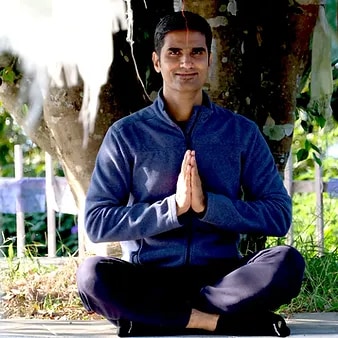
Hardik Mehta
Hardik is an E-RYT 500 & YACEP (Yoga Alliance Continuing Education Provider), Yoga Alliance, USA. He has been practicing yoga for the last 9 years. Prior to finding his true calling in Yoga, he was working with various corporates for 12 years in the Retail and eCommerce sector.
